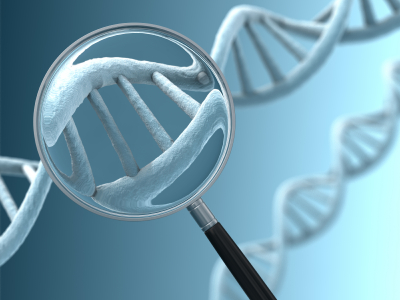PGD and PGS FAQs
Looking for information about PGD and PGS FAQs? Our Virginia fertility offers some answers below.
What are chromosomes and genes?
Our bodies are made up of cells, and within our cells are our chromosomes. Chromosomes are the structures in the cells that contain our genes, or our genetic material. Our genes are made of DNA and contain the information that allows our bodies to develop and function normally. We inherit our chromosomes and genes from our parents, via the sperm and egg.
What are chromosomal and genetic conditions?
Chromosomal conditions are caused by having either extra or missing genetic material or a rearrangement in chromosome structure. Some chromosome problems are severe and may result in miscarriage or failure to conceive. If a baby with a chromosome problem is born, he or she could have developmental problems and/or mental retardation. Women who are over 35 years old are at increased risk to have pregnancies affected with chromosomal conditions. A person can have a genetic condition if one of his or her genes does not function properly. There are many different types of genetic conditions. Couples who are known or suspected to be at risk for having a pregnancy affected with a genetic condition are candidates for PGD.
Why is maternal age a factor?
As a woman’s age increases, her chance of having a pregnancy with a chromosome abnormality also increases. Because women are born with all the eggs they will have in their lifetime, a woman’s eggs are as old as she is. It is thought that older eggs are more likely to contain “mistakes” in their chromosome number, i.e. extra or missing chromosomes. These extra or missing chromosomes can cause problems in the embryo and developing fetus. Affected embryos are less likely to attach to the uterus or go to term. Most result in miscarriage. In women 35 and older, approximately 35% of pregnancies are miscarried. Chromosome problems are the cause in 50% or more of these losses. By utilizing PGS to select chromosomally normal embryos, the chance of a pregnancy going to term should increase.
What procedures are involved in PGD?
Preliminary screening: Several screening tests are required, including infectious disease screening, chromosome analysis, routine genetic screening based on ethnicity, and a semen analysis for the partner. For patients who are known carriers of certain genetic or chromosomal conditions, another blood test is required to develop special “genetic probes.” These probes are designed to bind specifically to the genes or chromosomes under study.
IVF-ICSI: This step involves the same procedures as a regular IVF cycle. The ovaries are stimulated to produce multiple eggs. When the eggs are mature, they are retrieved. These eggs are fertilized in the laboratory using a technique called intracytoplasmic sperm injection (ICSI), where a single sperm is directly injected into each egg. The resulting embryos are monitored as they develop.
Embryo biopsy: To analyze the embryos, they are biopsied on their third day of development, when they are composed of 6 to 10 cells. One to two cells are removed from each embryo for PGD-PGS analysis. Newer technique using trophoectoderm biopsy allows us to biopsy a day 5 embryo (blastocyst) removing 3-10 cells which allows a much better diagnosis and a lower incidence of false results. The embryo is frozen after the biopsy, and then replaced in a frozen embryo transfer (FET) cycle at a later date. We currently only biopsy embryos on day 5 or 6 (doing biopsies on day 3 results in a nearly 30% decrease in implantation rate), unless a biopsy is done only for gender determination.
PGD-PGS analysis: The biopsied cells are analyzed for chromosomal or genetic abnormalities by techniques called array-CGH or comprehensive 24-chromosome screening (select-CCS) (www.select-ccs.com). These techniques allow normal cells to be distinguished from cells affected with chromosomal or genetic conditions. The cells genetic material should match the genetic material of the other cells from the original embryo. Published data suggests that 50-70% of miscarriages are due to embryos with too few or too many chromosomes. Using a more comprehensive and evidence-based approach like CCS during the embryo selection process can improve safety and efficacy in IVF and prevent most miscarriages. Embryos will be vitrified after the biopsy, and only euploid (normal) embryos will be later replaced in a frozen embryo transfer (FET) cycle.
Embryo transfer: With the PGD-PGS results, the embryos that are not affected with chromosomal or genetic conditions can be identified. One or two of these embryos will be transferred into the uterus with the hopes of achieving a healthy pregnancy. Any extra healthy (euploid) embryos can be cryopreserved for future use.
Contact us to learn more about PGD and PGS FAQs.

